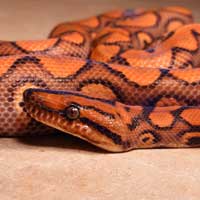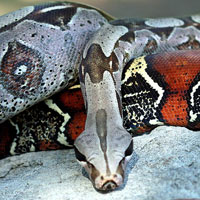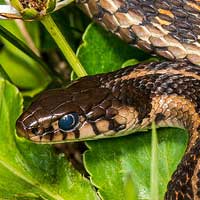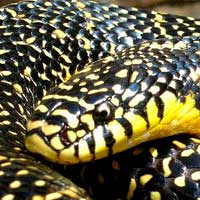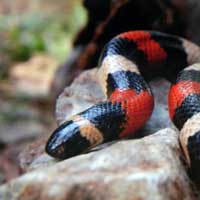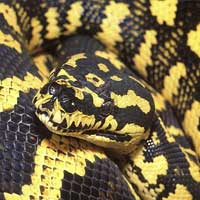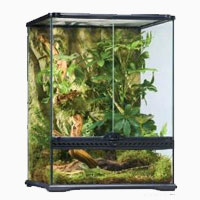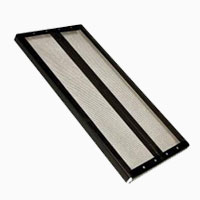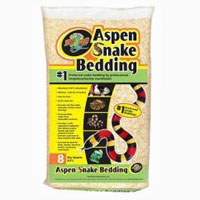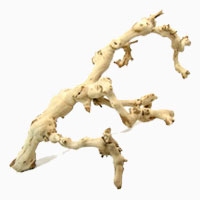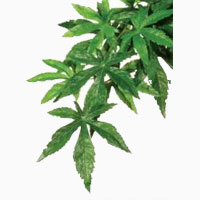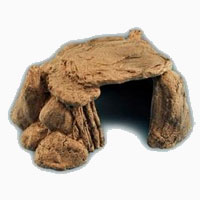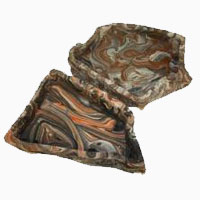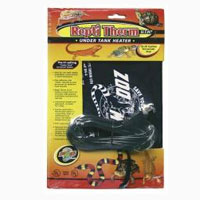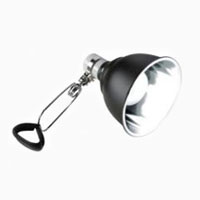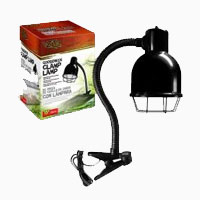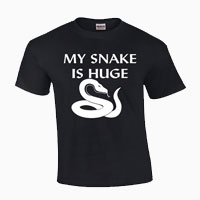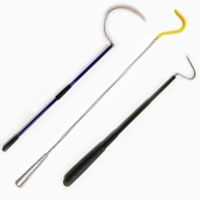Burrowing Python
Scientific Name: Calabaria Reinhardtii
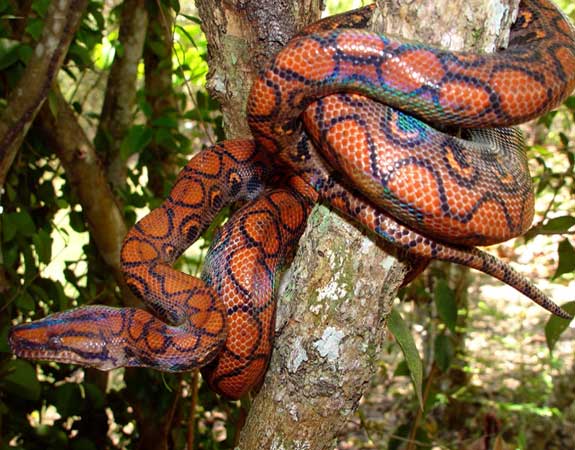
Share this Post
The Burrowing Python is also known as Calabar Python or West African burrowing Python. Calabaria reinhardtii is the snakes scientific name and it is a non-venomous species. Fossorial and small, it is a member of the Pythonidae family and has no known subspecies. The adult Burrowing Python grows to a maximum of 1m in length. It has no palatal teeth. Since the snake is adapted to burrowing, it has a cylindrical body with a blunt tail and head. The head is normally covered with broad shields while the head and tails shape are similar. This is a defensive adaptation to confuse the attacker. The body is generally strong and muscular with relatively small eyes reddish-brown in color with a round pupil. The snakes pattern comprises of black or dark brown color speckled with yellow, grayish or red spots.
Burrowing Pythons Are Beautiful Creatures
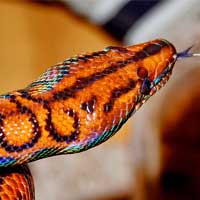
Facts About Burrowing Pythons
Geographic Location
It is found in Central and West Africa from Cameroon and Liberia to Sierra Leone, Democratic Republic of the Congo, Gabon and the Central African Republic.
Habitat
This python is commonly found in rain-forest areas of Africa.
Behavior
The snake tunnels in leaf litter and loose rainforest soil. When threatened, it elevates the tail and sets it in motion whereas it presses the head to the ground and covers it with part of the body. Sometimes the snake coils into a tight ball with the head in the middle and thump its tail on the ground in a defensive stance.
Reproduction
The female is oviparous, relatively large weighing up to 50g. Normally, they lay one or two eggs and they hatch following six incubation weeks. The young snakes start feeding 2 to 3 days after hatching.
Captivity
It is rarely seen in captivity but does well under the right conditions. To tame, use a bulky layer of loose organic substance for burrowing and the cage temperature should be 25 to 290 C. The Burrowing Python is easy to handle, shy and does well when left by itself.
